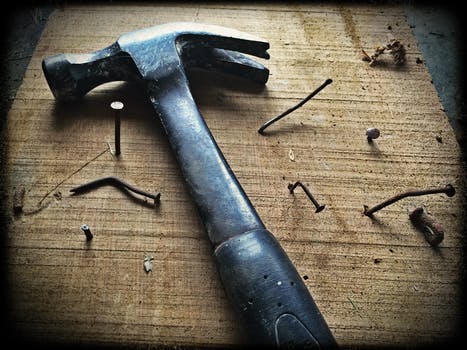Not all renovations to a home are improvements but all of them can cost you grief and headaches without taking the time to consider a few points BEFORE starting.
Don’t over do it
Many think that spending a lot of money on high-end finishes or taking on the large project increases the value of the home, when, in fact, it may decrease it. Is turning the 1950’s kitchen into a 2018 wise if the rest of the home is still 1950’s? Thats not to say “don’t update it”, but consider the rest of the home and keep with the style. The quartz countertop with the waterfall edge and the stainless steel appliances are all nice, but opening the extra money on the higher-end finishes may not be money well-invested.
Windows, insulation, paint, a modest bathroom or kitchen renovation, furnace change, etc. These all improve the comfort and value of a home and can see a great ROI.
Not over-doing it also means to not over-extend the capital. If you have to borrow to do the work, consider the cost of that loan and the time to repay it. If it’s going to take longer to repay it than the work is “staying new”, or if the work is being done to sell the home, it may not be a good idea.
Set a realistic budget.
In the same way that borrowing the money may not be a good idea, Having the wrong budget can be as bad. Not having enough money to complete the work and having to not finish, cut corners at the end, or not finishing the work is all bad news and will cost more than money in the end. It used to be that a 10%-15% allowance was recommended for “cost overruns”, but it seems that with today’s unforeseen problems in older homes, new building codes, and the variables of finishes, that number seems too have crept up to 20% or more. Setting the budget is fine, but if the design isn’t pre-set, then no number is valid, so set the design to fit with the budget and vice versa.
Take advantage of grants, incentives, rebates. Check with the civic government, as well as provincial and manufacturers.
Be aware of the TV shows fiction. Not only will location affect the prices of materials and trades, but production companies may be getting great deals from suppliers, in exchange for their advertising.
If you’re hiring someone to do the work, it’s imperative to get multiple quotes, at least three, and on the same materials/finishes/fixtures. If the bidders aren’t pricing the same work, the bottom line is going to be different and difficult to decipher what you’re actually getting.
Timing
Not all projects are as efficient and streamline as the ones you see on the TV. There are supplier and trade delays, weather problems, actual construction takes more than the 20 minutes on the show, paint takes time to dry and not all trades can be on the site at the same time. Like budgeting allowances, leave buffer room for time. Rushing through a project only makes for either sloppy work or mistakes. If you’re doing the work yourself, consider that you may not be as fast as a professional and your time may only be available for a few hours in the evening or on the weekends, in between kids’ activities. If your project requires a permit, the wait times for a permit and for inspections all add to the timetable. Be realistic and honest with yourself about your abilities and expectations. Handing the work off to a pro may actually save you money in the long run. Conversely, if you want to rip out that carpet on Sunday afternoon so the hardwood installer can start right away on Monday morning, that will save you some cash.
Final thought;
Painting is 90% preparation and 10% work. So is the most effective project. Take the time to plan the work beforehand. Its a lot easier to fix mistakes on paper rather than cutting a new board. Be honest with your expectations, abilities, and investment.
Steve Seaborn
Pulse Mornings Contributor


